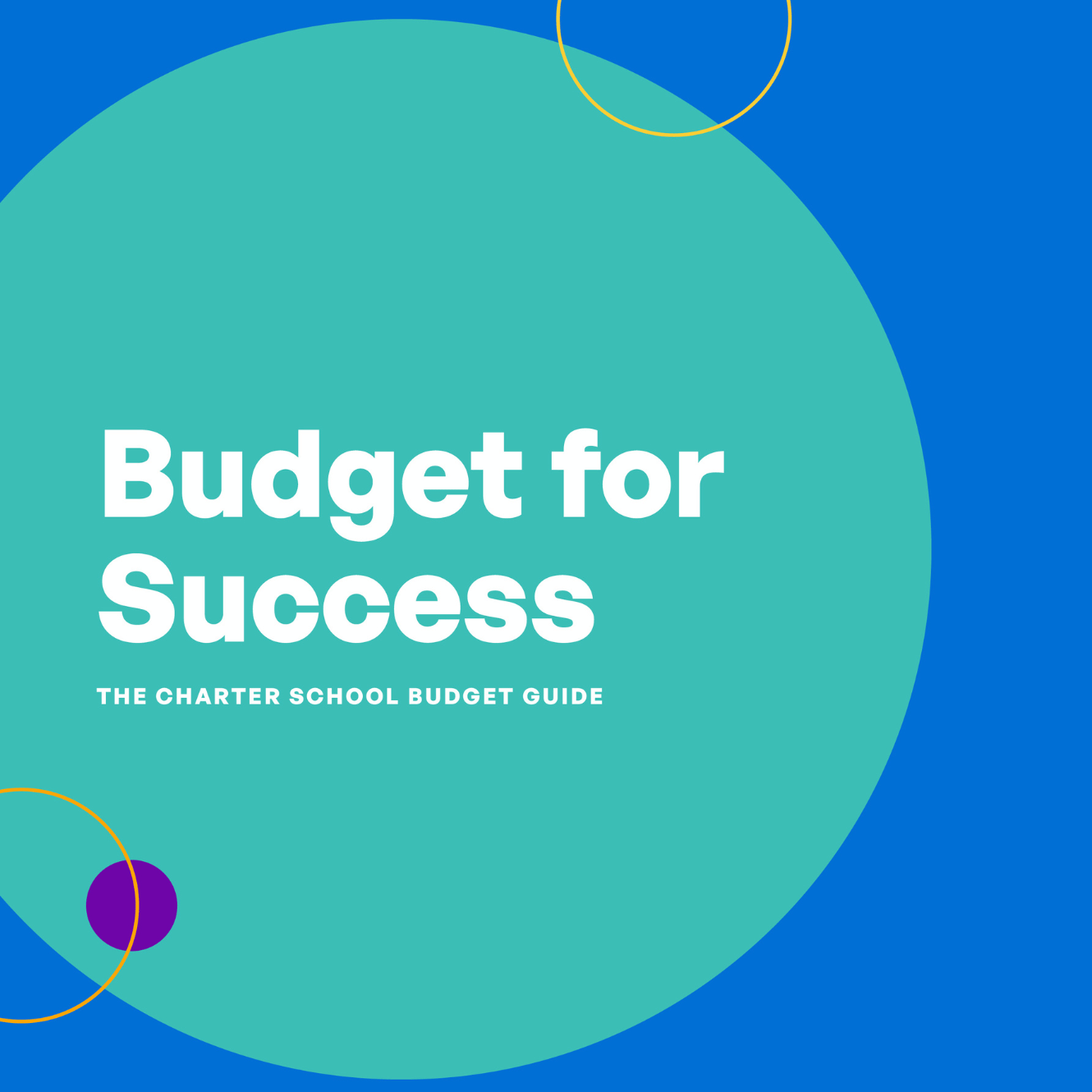Managing charter school finances requires understanding specialized terminology that bridges education and business operations. Whether you’re reviewing budgets, planning for growth, or communicating with board members, fluency in financial language empowers better decision-making and strategic planning.
Core Budget Components
Revenue Terminology
Per-Pupil Funding: The primary funding mechanism for charter schools, calculated based on enrolled students (Average Daily Attendance). This funding typically comes from state allocations and follows students to their chosen schools.
Average Daily Attendance (ADA): The calculation method used to determine funding, based on actual student attendance rather than enrollment numbers. Consistent attendance directly impacts school revenue.
Weighted Funding: Additional funding for students requiring specialized services, such as special education, English language learners, or students from low-income families.
Federal and State Grants: Supplemental funding for specific programs like Title I (schools serving low-income students), IDEA (special education), or E-rate (technology infrastructure).
Expense Categories
Personnel Costs: Salaries, benefits, and payroll taxes for all staff. Typically represents 70-80% of charter school budgets.
Operating Expenses: Day-to-day costs including utilities, supplies, curriculum materials, technology, and professional services.
Facility Costs: Rent, mortgage payments, maintenance, and facility-related expenses. Often represents 10-15% of total budget.
Capital Expenditures: Large purchases like furniture, equipment, and technology that provide long-term value to the school.
Financial Management Terms
Budget Analysis and Planning
Operating Margin: The difference between total revenue and total expenses, indicating whether the school operates at a surplus or deficit.
Cash Flow: The timing of money coming in (revenue) versus going out (expenses). Schools may have positive annual budgets but face cash flow challenges due to timing differences.
Debt Service Coverage Ratio: A measure of the school’s ability to pay debt obligations, calculated by dividing net operating income by debt payments. Lenders typically require ratios above 1.2x.
Working Capital: Current assets minus current liabilities, representing the school’s short-term financial health and ability to meet immediate obligations.
Performance Metrics
Cost Per Pupil: Total expenses divided by student enrollment, useful for comparing efficiency across schools or tracking changes over time.
Instructional Percentage: The portion of budget dedicated directly to classroom instruction, indicating how much funding reaches students versus administrative overhead.
Reserve Ratio: Cash reserves as a percentage of annual operating expenses, typically recommended at 10-15% for financial stability.
Accounting and Compliance

Financial Reporting Standards
Generally Accepted Accounting Principles (GAAP): Standard accounting practices required for consistent financial reporting and auditing.
Fund Accounting: A system that segregates resources into different categories based on restrictions or purposes, common in public education finance.
Restricted vs. Unrestricted Funds: Restricted funds must be used for specific purposes (like federal grants), while unrestricted funds can support general operations.
Audit and Oversight
Annual Financial Audit: Independent review of financial statements and internal controls, required for most charter schools and essential for maintaining authorization.
Compliance Audit: Review of adherence to charter terms, state regulations, and federal program requirements.
Management Letter: Auditor recommendations for improving financial controls and processes, often required by authorizers and lenders.
Strategic Financial Planning
Growth and Expansion
Enrollment Projections: Forecasting student numbers for budget planning, considering demographic trends, market competition, and school capacity.
Scalability Analysis: Understanding how costs and revenues change with enrollment growth, identifying fixed versus variable expenses.
Break-Even Analysis: Determining the minimum enrollment needed to cover all expenses and maintain financial sustainability.
Risk Management
Contingency Planning: Building financial buffers for unexpected expenses or revenue shortfalls, typically 3-5% of total budget.
Scenario Modeling: Analyzing financial impact of different enrollment, funding, or expense scenarios to prepare for various outcomes.
Financial Dashboard: Key performance indicators tracked regularly to monitor financial health and identify trends early.
Practical Application for Charter Leaders
Budget Development Process
Understanding these terms enables more effective participation in budget development, from initial planning through board approval and ongoing monitoring.
Key Budget Cycle Activities:
- Annual budget development based on enrollment projections
- Monthly financial reporting and variance analysis
- Quarterly budget adjustments based on actual performance
- Year-end financial statement preparation and audit
Communication and Governance
Financial literacy helps leaders communicate effectively with board members, authorizers, auditors, and potential lenders or partners.
Important Communication Contexts:
- Board meeting financial reports and budget discussions
- Authorizer compliance reporting and renewal applications
- Loan applications and facilities financing negotiations
- Community and stakeholder financial transparency
Building Financial Expertise
Developing comfort with financial terminology and concepts is an ongoing process that strengthens charter school leadership and organizational sustainability.
Continuing Education Opportunities:
- Professional development workshops on school finance
- Collaboration with experienced business managers and CFOs
- Board training on financial oversight and governance
- Industry conferences and peer learning networks
Understanding charter school finance terminology empowers leaders to make informed decisions, communicate effectively with stakeholders, and ensure their schools operate efficiently while maximizing resources for student achievement.
